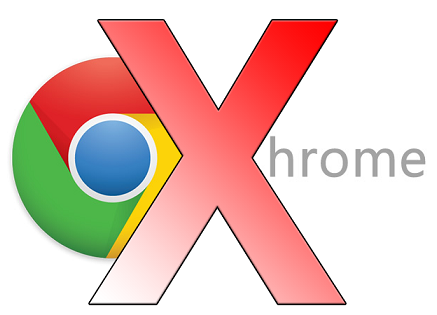I’ve got very sad news for you, chaps: Windows 10 S allows no Google Chrome aboard. Bye-bye, bookmarks, see you later, history backup, after ’while, Google search!
Ok, if you do want to come back, please, Google, develop a Universal Windows Platform version of Chrome and bring it to the Store. The same goes for any third-party apps as well. You either strike a deal with Windows Store or you won’t be allowed to run on Windows 10 S.
That rings a little bell, doesn’t it? I can see Mac users nodding vigorously. They know that feel, naturally. Within Windows 10 S which is, in a nutshell, the cut down version of Windows 10 pro for educational purposes, you’re locked to the Edge browser, Bing search engine and other strictly Microsoft products. If you feel rebellious and try to install Chrome all the same, the installer just won’t run. And what miffs me most of all is that we never saw it coming!
Ok, nobody expected great opportunities from an educational edition, though the Surface laptop is a bit too costly for a student’s portable, but locking the installation of the third-party apps is not in Microsoft line of business. Or hasn’t been until now. Microsoft claims, the isolation policy reduces the risks of installing the malware. An end-user’s safety a reasonable argument, I agree, but not in a kindergarten manner.
Now, let’s look what future Microsoft wants us to live. Any company that would like it’s software to be compatible with Windows 10 S should convert it into a package with a Desktop Bridge toolset (former Project Centennial). The already converted desktop apps include Evernote and Slack, while Office 2016 and Spotify are to follow this path by the time new PCs will arrive to the stores this summer.
So, the new rules are simple just like that: play up to Microsoft’s rules or walk away. In theory. It’s not a big deal to convert browsers or other apps for the new OS needs. Google, Mozilla can do that as well as smaller companies, indie makers included. But don’t get enthusiastic about that. The devil is in details, specifically, in clauses 10.2 and 10.2.1 of the Windows Store Policies latest revision 7.3. These go:
- 10.2 Security: Your app must not jeopardize or compromise user security, or the security or functionality of the device, system or related systems.
- 10.2.1: Apps that browse the web must use the appropriate HTML and JavaScript engines provided by the Windows Platform.
So. It’s not enough to use the Desktop Bridge to convert the app, but you have to implement the engines by Microsoft as well! Someone in Redmond has been jealous of Apple for years and now his or her dream comes true. What does it mean for us, users? No Google Chrome in foreseeable future. No Internet Explorer either. Yeah, the unwanted offspring of the unknown IT genius is banned at last. The search engine by default is Bing. Who has ever heard of Bing? Do your friends ask you ‘to Bing’ some info? The only way out will be to bookmark the google search page, I guess. It’s impossible to change the search engine settings under Windows 10 S. Just imagine, you have to look up, say, some articles on Amazonian rain-forests. You open the Edge browser, then you click the bookmark and ONLY THEN you type in the question into the taskbar or a search bar. And if you think it will augment your safety, you’re under illusion. Hacking your browser is just one of the dozens of ways to tap into your device.
And the cherry on the top of this cake: Windows 10 S features limited support of peripherals that otherwise work great with Windows 10 Pro and Home. But you can upgrade your OS for some extra money. I can’t see who needs this S edition then. Using it is like dining in a toddler’s chair. You can’t do this, you’re not allowed to do that… You have to eat what you’re given and say ‘thank you’.
Most people, especially small business owners will like to upgrade to Windows 10 Pro thus leaping over the fence. My guess is, Microsoft tests not the new OS edition, but the new apps policy. And god help us if they consider it appropriate.


